Turkey stands as a living museum where ancient civilizations have left their indelible
marks across the landscape, from the windswept plains of Anatolia to the sun-
drenched Mediterranean coast. In these remarkable towns, history isn’t confined to
museums – it lives in the streets, bazaars, and ancient stones that have witnessed
the rise and fall of empires.
Whether you’re drawn to Roman amphitheaters, Byzantine churches, Ottoman
mansions, or Hittite fortresses, these 15 towns offer extraordinary glimpses into the
past while maintaining their vibrant present-day culture.
Selçuk, Aegean Region
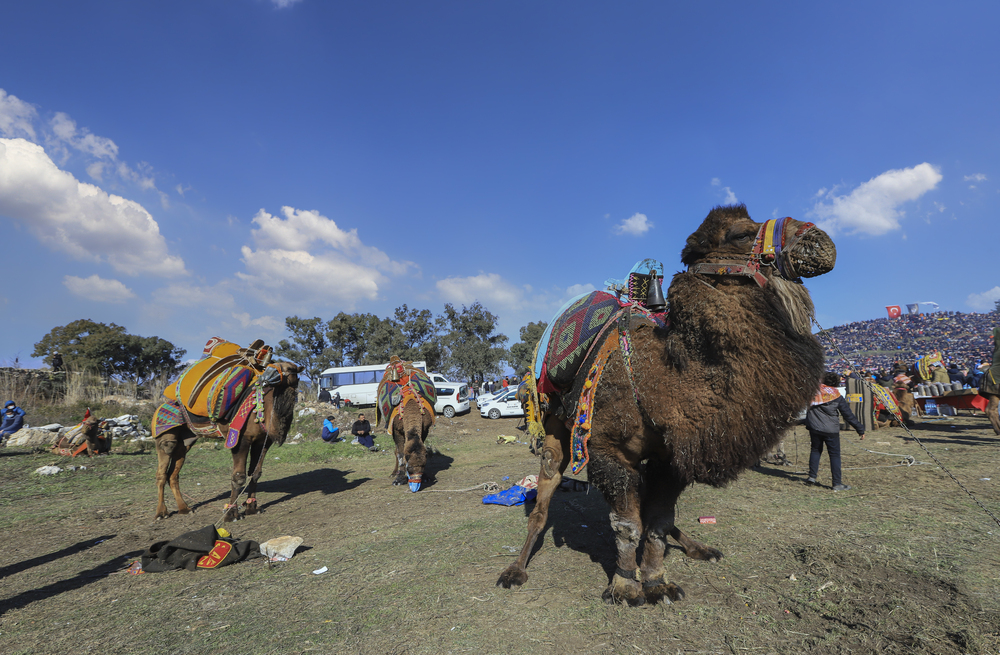
Nestled in the shadow of the magnificent ruins of Ephesus, Selçuk embodies layers
of history spanning the Hellenistic, Roman, Byzantine, and Ottoman periods. The
town center is dominated by the impressive Byzantine fortress and the 6th-century
Basilica of St. John, while storks nest atop the remaining column of the Temple of
Artemis.
Local restaurants serve traditional Aegean cuisine in gardens overlooking ancient aqueducts, and the weekly market continues a trading tradition that spans millennia. The nearby village of Şirince, with its Greek Orthodox heritage and wine- making tradition, adds another fascinating layer to the area’s rich cultural tapestry.
Amasya, Black Sea Region
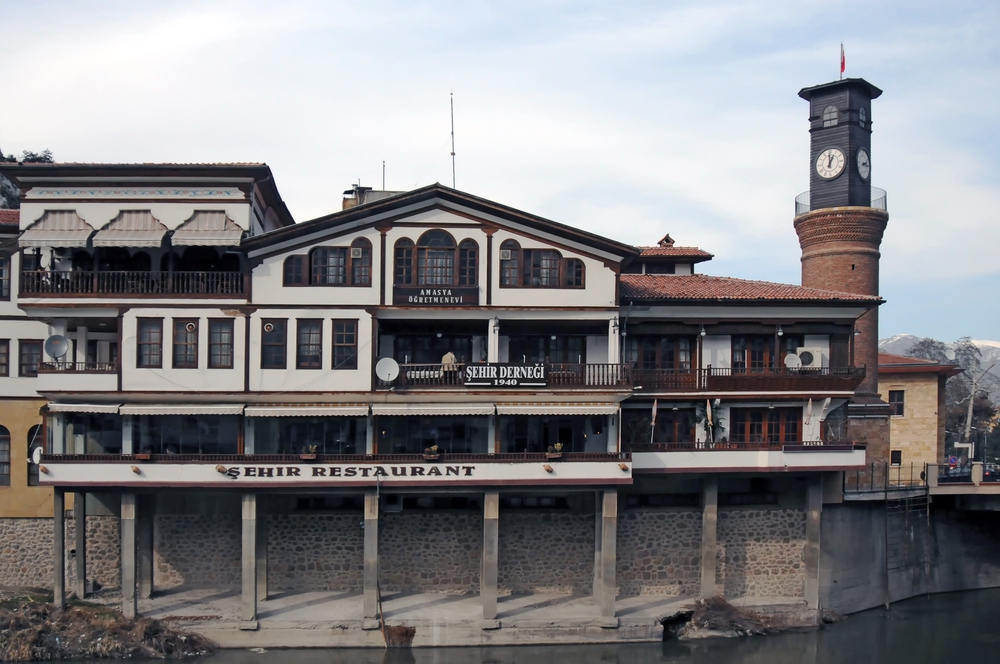
Dramatically situated in a narrow valley along the Yeşilırmak River, Amasya
showcases its history through Ottoman mansions carved into rocky cliffs, overlooked
by ancient Pontic royal tombs. The town served as a training ground for Ottoman
princes and still maintains its historical character through beautifully preserved
wooden houses reflecting traditional Turkish architecture.
Evening walks along the riverside promenade offer stunning views of illuminated rock tombs and houses, while local restaurants serve traditional Black Sea cuisine in restored Ottoman mansions. The town’s famous apple orchards and traditional crafts markets maintain centuries-old traditions.
Like Travel Pug’s content? Follow us on MSN.
Mardin, Southeastern Anatolia
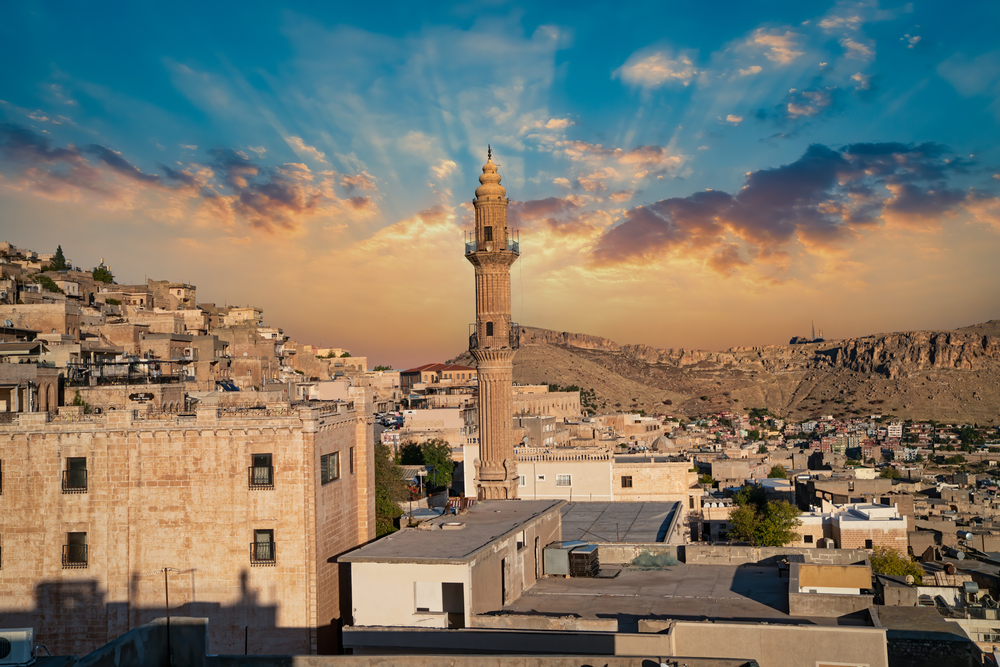
Perched on a hilltop overlooking the Mesopotamian plains, Mardin’s honey-colored
limestone architecture creates a magical cityscape of intricate Islamic architecture
and winding alleys. The town’s Syrian Orthodox churches, madrasas, and mosques
reflect its role as a cultural crossroads, while traditional stone houses showcase some of the finest examples of Artuqid architecture.
Local artisans continue ancient traditions of silversmithing and stone carving in workshops housed in historic buildings. The town’s famous regional cuisine, including kaburga dolması and içli köfte, carries influences from multiple civilizations.
Hasankeyf, Southeastern Anatolia
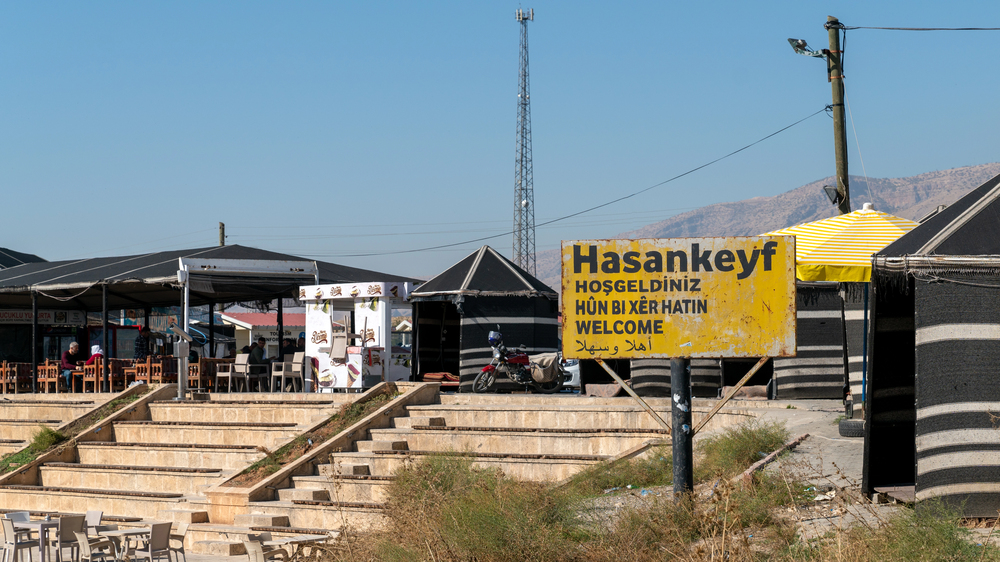
This ancient town, partially submerged by the Ilısu Dam, still preserves remarkable
traces of its 12,000-year history above the water line. The remaining medieval bridge
ruins and cave churches tell stories of numerous civilizations that once called this
Silk Road townhome.
Though changed by modern development, the upper town’s cave houses and medieval ruins continue to attract history enthusiasts. Traditional fishing methods passed down through generations adapt to new circumstances, while local guides share stories of the town’s rich history through carefully preserved artifacts and photographs.
Safranbolu, Black Sea Region
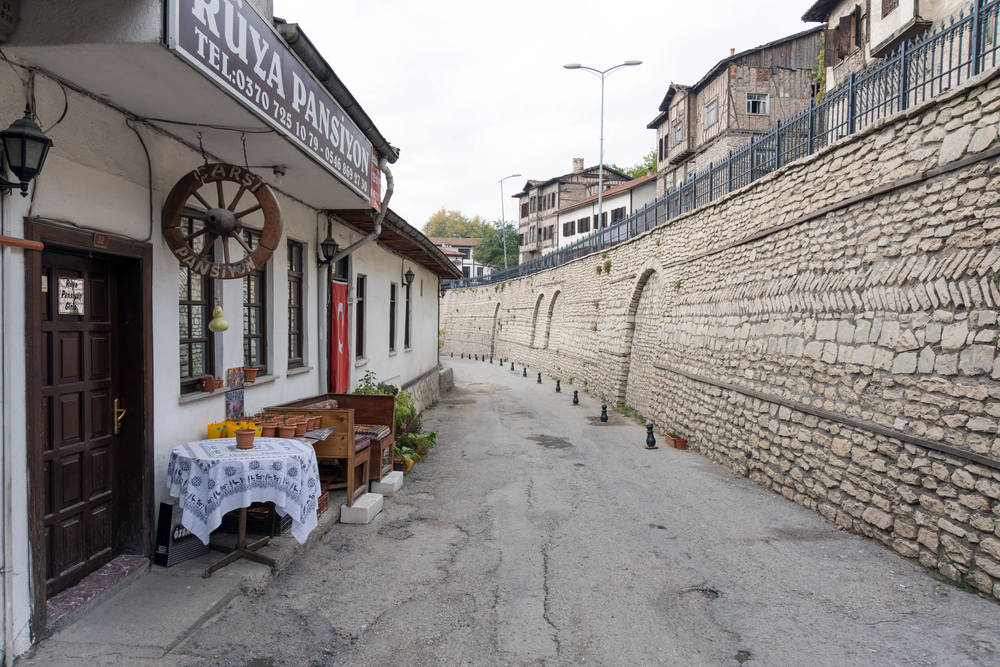
A UNESCO World Heritage site, Safranbolu preserves hundreds of perfectly
maintained Ottoman mansions and marketplace buildings from the 18th and 19th
centuries. The town’s name derives from its historical saffron production, which
continues in surrounding villages today.
Traditional artisans still work in the historic Çarşı district, maintaining centuries-old trades like leather working, copper smithing, and candy making. The town’s famous lokum (Turkish delight) shops and historical hammams offer visitors authentic experiences that are unchanged by time.
Like Travel Pug’s content? Follow us on MSN.
Aphrodisias, Aegean Region
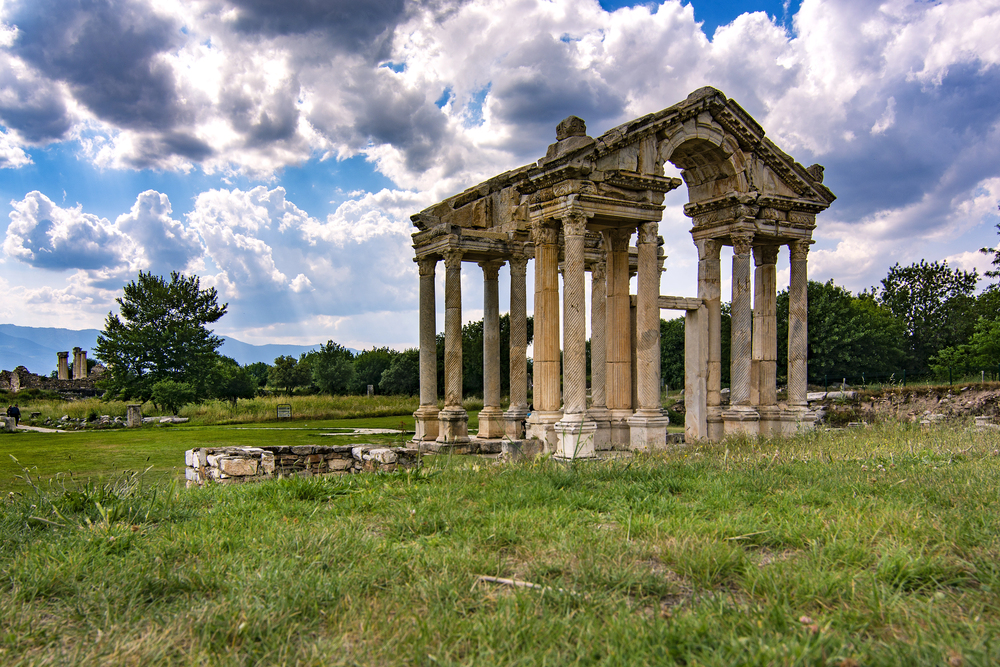
This small town near the ancient city of Aphrodisias showcases some of the finest
Roman sculpture and architecture in Turkey. The modern settlement continues
traditions of marble working, with local artisans creating pieces inspired by the
ancient masters.
Visitors can watch traditional artisans at work while exploring one of the best-preserved ancient stadiums in the Mediterranean world. Local families maintain age-old traditions of olive cultivation and press their own olive oil using methods passed down through generations.
Göreme, Cappadocia

Set among the famous fairy chimneys of Cappadocia, Göreme brings thousands of
years of history to life through its cave churches, underground cities, and traditional
cave houses. Many residents still live in restored cave dwellings, maintaining a
lifestyle that dates back to early Christian times.
Local pottery workshops continue traditions established by the Hittites, while family-run restaurants serve traditional Central Anatolian cuisine in cave settings. The town’s famous hot air balloon flights offer unparalleled views of this unique historical landscape.
Birgi, Aegean Region
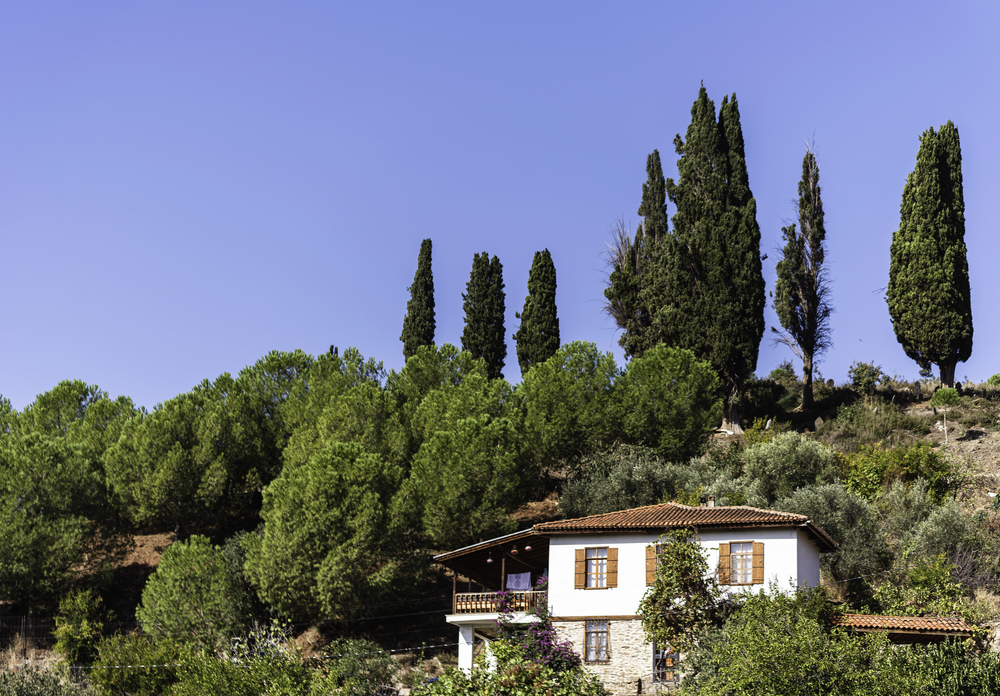
This small town in the foothills of the Bozdağ Mountains preserves exceptional
examples of traditional Turkish architecture and decorative arts. The 13th-century
Çakırağa Mansion stands as one of Turkey’s finest examples of civilian Ottoman
architecture, while the town’s narrow streets reveal countless historical houses with
ornate wooden details.
Local women maintain traditional carpet weaving techniques, and the town’s famous pekmez (grape molasses) production continues using ancient methods. Seasonal festivals celebrate local traditions dating back centuries.
Like Travel Pug’s content? Follow us on MSN.
Side, Mediterranean Region
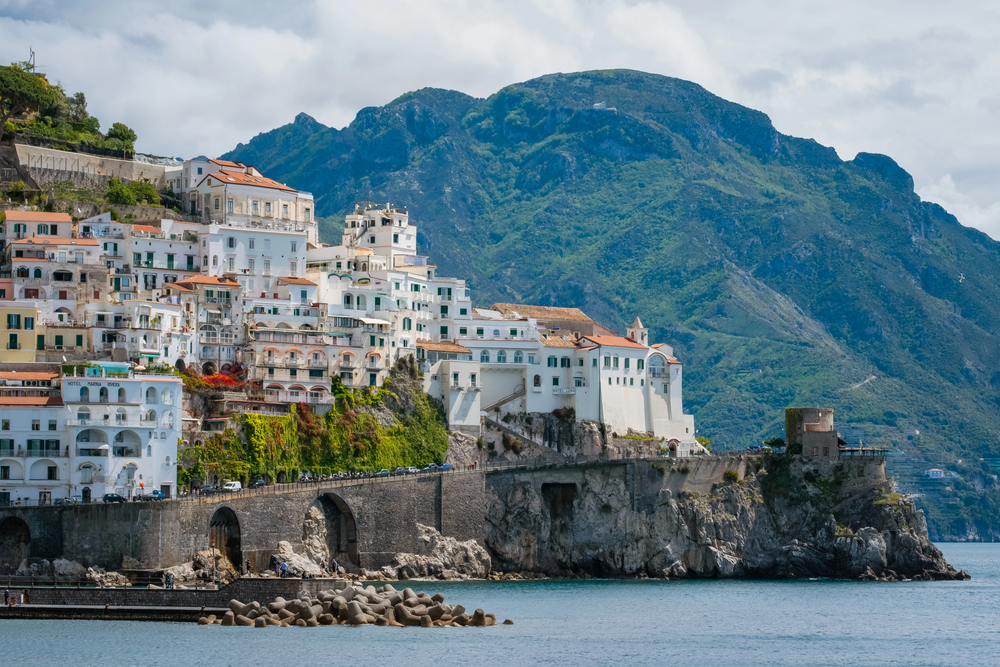
Built among some of the most impressive Roman ruins in Turkey, modern Side
seamlessly integrates ancient temples and theaters into daily life. The town’s
peninsula setting, flanked by two sandy beaches, still follows the ancient street plan
laid out over 2,000 years ago.
Local restaurants and shops operate within restored ancient buildings, while the harbor maintains its historical role as a center of maritime activity. The evening light creates magical scenes as the sun sets behind the Temple of Apollo, continuing to inspire visitors just as it did in ancient times.
Hattuşa, Central Anatolia
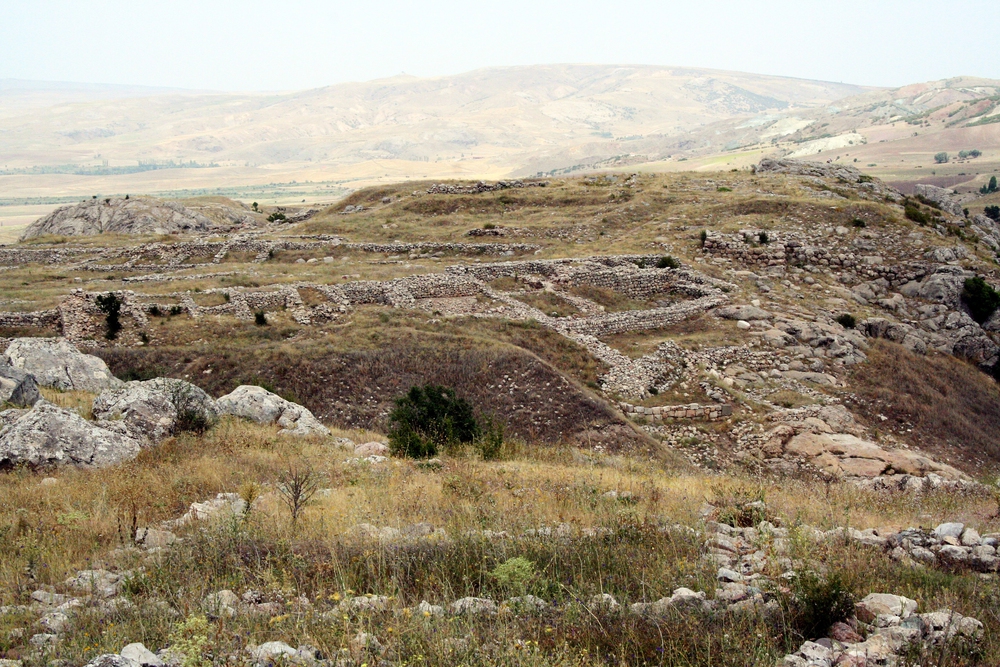
The modern village near the ancient Hittite capital preserves connections to one of
the world’s earliest great empires. Local museums house remarkable collections of
Hittite artifacts, while nearby rock sanctuaries and temple remains tell stories of this
sophisticated Bronze Age civilization.
Traditional farmers still cultivate the same fields that once fed the Hittite empire, using methods that would be familiar to their ancient predecessors. The village’s locationalong ancient trade routes continues to
influence its character and customs.
Bergama, Aegean Region
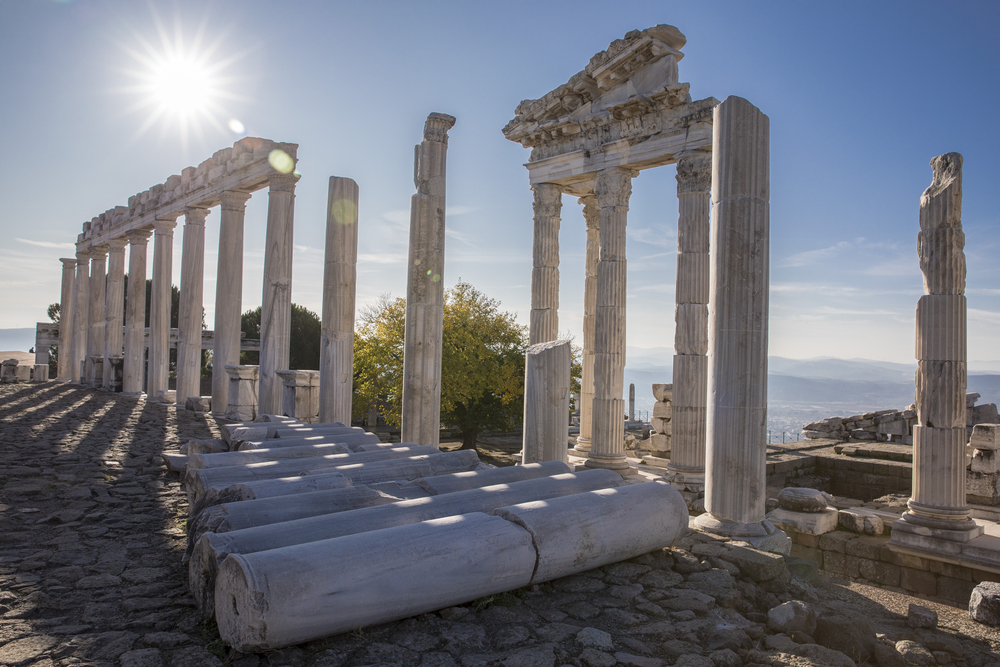
Built around the ancient city of Pergamon, Bergama maintains deep connections to
its Hellenistic and Roman past. The modern town’s bazaar quarter preserves
Ottoman-era buildings while maintaining traditional crafts and trading practices.
Local practitioners continue ancient healing traditions inspired by the famous
Asclepion sanctuary, while traditional seed-saving practices preserve ancient grain varieties. The town’s famous red pottery production maintains techniques dating
back to Roman times.
Like Travel Pug’s content? Follow us on MSN.
Kayaköy, Mediterranean Region
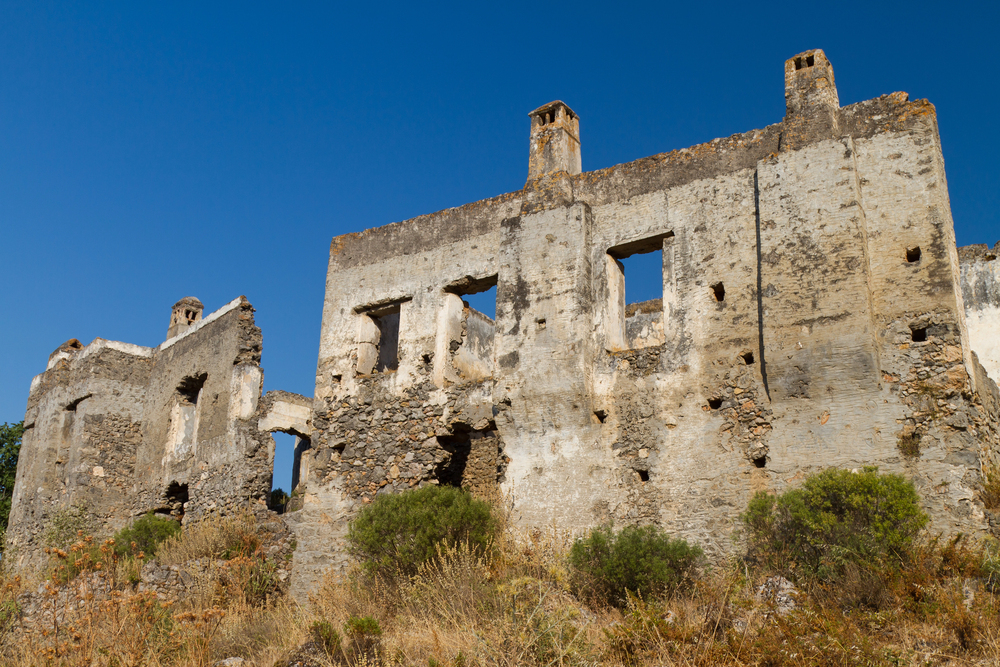
This preserved ‘ghost town’ near Fethiye serves as a powerful reminder of the
population exchanges between Greece and Turkey in the 1920s. The abandoned
Greek Orthodox churches and houses create an atmospheric window into early 20th-
century Anatolian life.
Local guides share personal family histories connected to this pivotal moment in Turkish history, while nearby villages maintain traditional agricultural practices. The town’s weekly market brings the abandoned streets briefly back to life with local produce and crafts.
Harran, Southeastern Anatolia
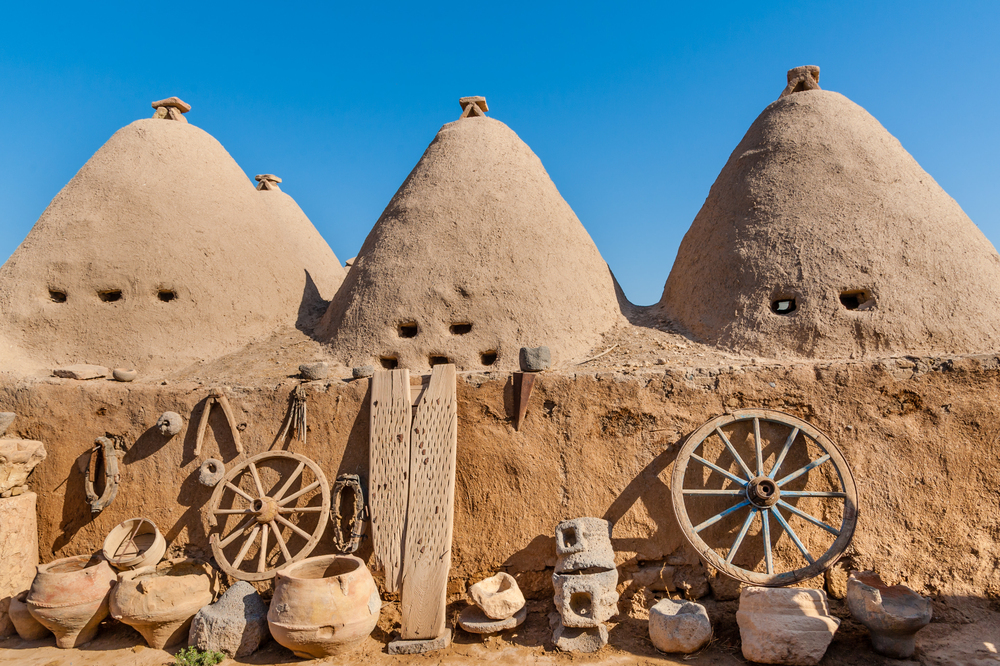
Famous for its distinctive beehive houses, Harran preserves architectural traditions
dating back to the early Islamic period. The town’s unique adobe buildings
demonstrate ancient cooling techniques that are still relevant in today’s climate crisis.
Local families maintain traditional weaving and pottery-making practices in these
historical structures, while agricultural methods reflect techniques used since ancient
Mesopotamian times. The nearby ruins of one of the world’s oldest universities
remind visitors of the town’s historical importance as a center of learning.
Sumela, Black Sea Region
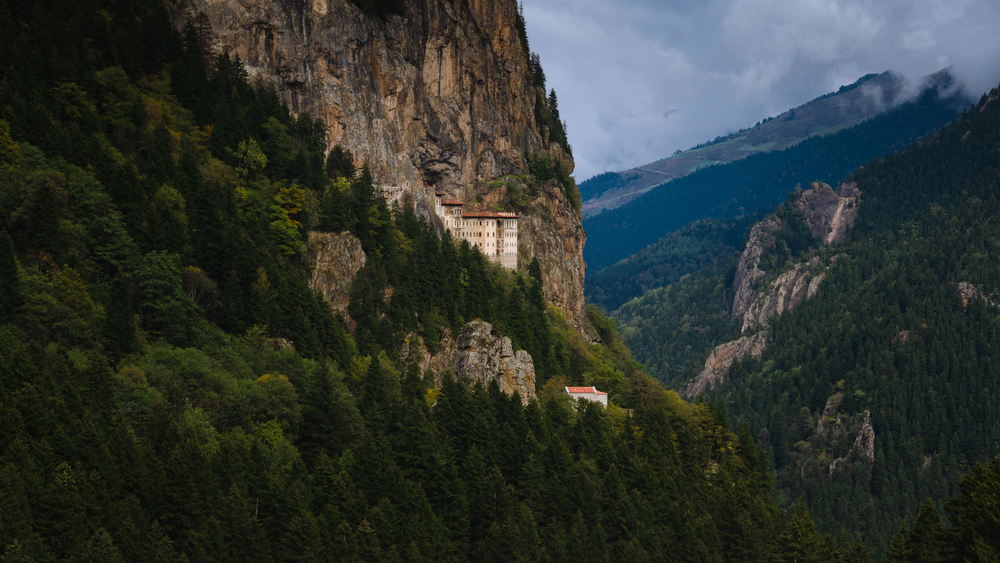
Though primarily known for its spectacular monastery built into a cliffside, the nearby
town maintains strong connections to its Greek Orthodox heritage. Residents share
stories passed down through generations about the monastery’s history and its role
in regional culture.
Traditional Black Sea cuisine and music flourish in town celebrations, while skilled guides help visitors understand the remarkable feat of engineering and artistry represented by the monastery. The surrounding forests preserve ancient pathways once used by monks and pilgrims.
Like Travel Pug’s content? Follow us on MSN.
Assos, Aegean Region
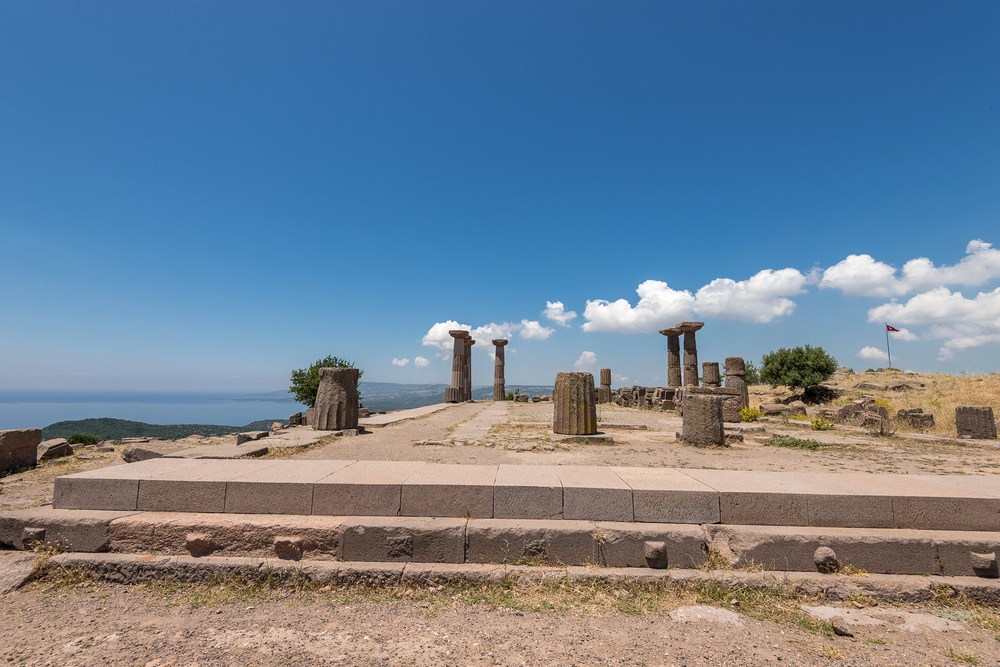
Perched dramatically on a volcanic outcrop overlooking the Aegean Sea, Assos
combines ancient Greek ruins with a charming traditional Turkish village. The
remarkably intact Temple of Athena crowns the acropolis, offering breathtaking
views across the water to the Greek island of Lesvos.
Local fishermen maintain age- old traditions in the town’s picturesque harbor, while small family-run pensions occupy restored stone houses that climb the hillside. The ancient city’s walls, gymnasium, and agora tell stories of a time when Aristotle established his philosophy school here, while today’s visitors can enjoy fresh seafood in traditional tavernas and watch spectacular sunsets from the Acropolis.
Embracing Turkey’s Living History
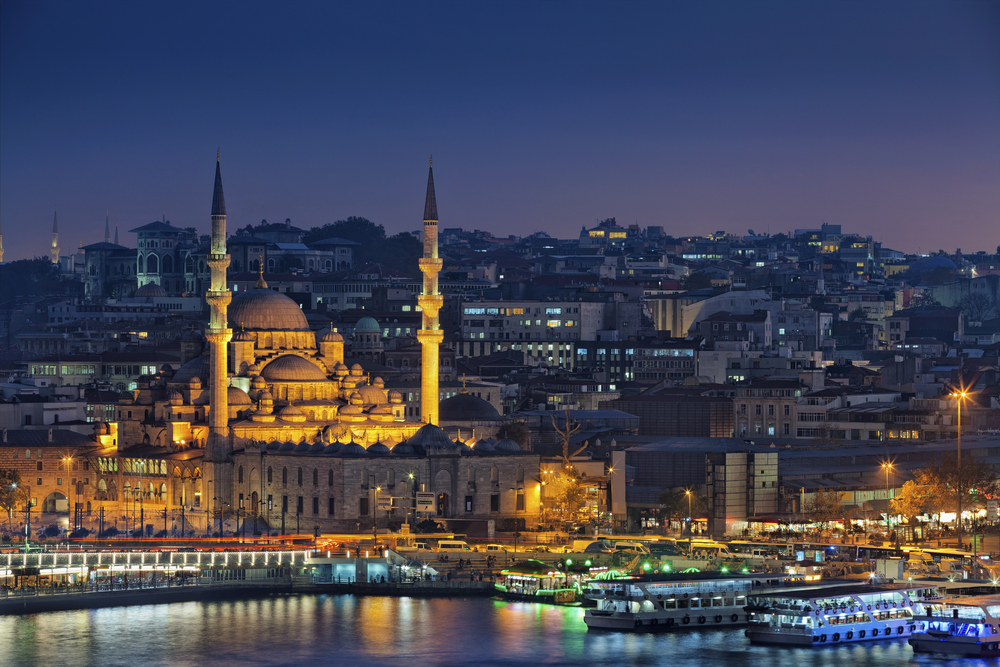
These fifteen towns represent just a fraction of Turkey’s incredibly rich historical
heritage, where ancient civilizations continue to influence daily life. Each location
offers unique insights into different periods of human history while maintaining
authentic connections to the past through architecture, crafts, cuisine, and local
traditions.
Whether you’re exploring Roman theaters, Ottoman mansions, or Hittite temples,
these towns remind us that history isn’t just something we study – it’s something we
can experience firsthand in the streets, markets, and communities that have
preserved their heritage through the centuries.
More from Travel Pug

- 15 Dangerous European Cities to Avoid
- 15 Caribbean Islands Where Tourists Keep Getting Scammed
- The 20 Most Fascinating Abandoned Places: A Journey Through Time and Forgotten Spaces
- 15 Hidden Places in the Smithsonian Museums Locals Love: A Guide to Lesser-Known Treasures
- 16 Hidden Florida Beach Towns That Aren’t Overrun with Tourists
Like Travel Pug’s content? Follow us on MSN.
